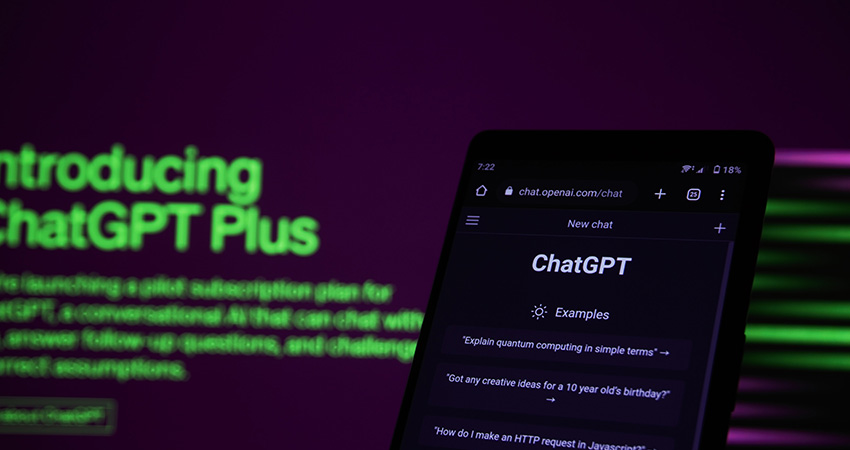In March, Coca-Cola held a contest called “Create Real Magic,” which put generative AI tools in the hands of consumers worldwide and asked them to design art through automation. The landmark company opened its vault filled with decades of memorable brand campaigns and creative assets, allowing consumers and AI to run wild with imaginative creations.
It’s a fascinating campaign, all run on a dedicated website. What’s invisible to the participants, however, is a powerful back-end engine that supports the innovative digital experience across touchpoints. It’s an excellent example of what IT and digital experience technology can do to promote next-generation engagements.
Creating Real Magic
As an early example and experimentation with generative AI, Coca-Cola’s campaign is an exciting rollout of a consumer-facing use of GPT-4 from OpenAI, blending its DALL-E and ChatGPT platforms. While on the dedicated site, contest participants created vibrant pieces of art, auto generated from Coke’s iconic image library and a mashing of auto-generated themes from the web and platform. A ChatGPT function supplied taglines for the art.
The content winners will be spotlighted on billboards in New York’s Times Square and London’s Piccadilly Circus. Additionally, select winners will be flown to Atlanta to attend an AI-design workshop called the Real Magic Creative Academy to build art for Coca-Cola licensing.
The campaign’s impressive breadth signals that Coca-Cola is taking generative AI seriously. Other brands are looking to incorporate the technology as a direct engagement tool with consumers. An example is Nike’s social-media effort through which consumers can build AI-driven Nike Air Force 1 Colorways and designs.
Fashion is another sector that’s ripe for generative-AI experiences. Google plans to launch a virtual try-on feature for Google Shopping. It’s partnering with select brands and retailers to offer a life-like try-on tool that shows, for example, the bends and folds in a garment, as well as its looks from different angles.
Before they can invite consumers to create such magic, brands need an effective and flexible system that supports the experiences, such as a composable architecture, not a monolithic, legacy platform.
Composing Real Magic
Due to its reliance on a single vendor, monolithic architectures are often a closed system, compatible only with tools from that one vendor and unable to integrate generative AI. Conversely, a composable architecture works with any headless tool from any vendor and can integrate with any number of content sources, including headless and legacy content-management systems as well as emerging technologies like generative AI.
Before leaping into generative AI, however, brand marketers must examine their digital framework and understand how flexible and composable it is compared to rigid traditional architectures.
Above all, keep in mind the technical requirements, for example:
- Agility: Adding many moving parts and connections to content and data to launch a generative AI experience requires extra flexibility in a back-end system.
- Optimization: Content needs to be consistent across digital touchpoints from mobile phones to IoT devices and a composable platform can automate and optimize content to fit those channels.
- Speed: Brands need a system that can efficiently render and deliver AI-powered images, such as a consumer trying on several tops. If consumers feel stuck waiting on the technology, they might leave the site altogether.
- Access: Both marketers and developers alike need access to control the experiences.
Supporting Generative AI
As you continue to explore inventive ways of leveraging generative AI for their consumer experience, focus on managing the experiences on the back end. Ultimately, hiccups on the front end erode consumer trust in the technology and your brand, whereas magic delivered gains trust and engagement.
Darren Guarnaccia is president of Uniform

